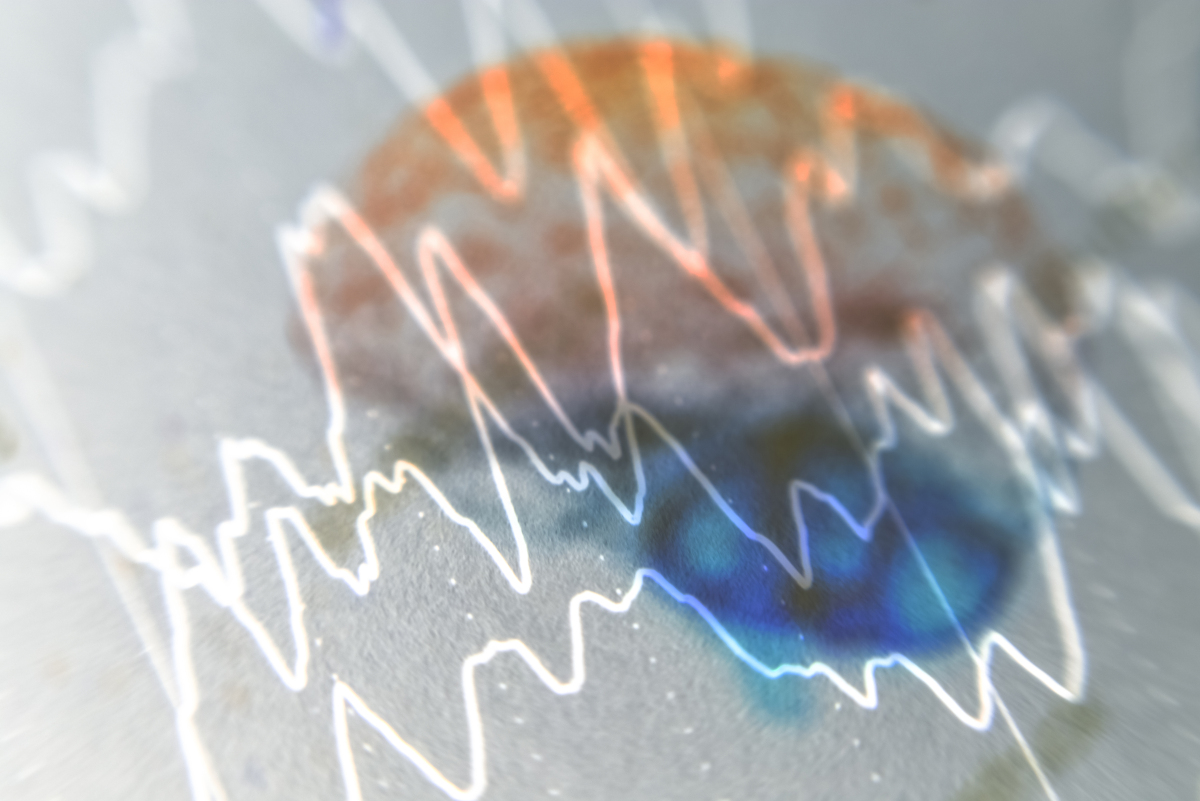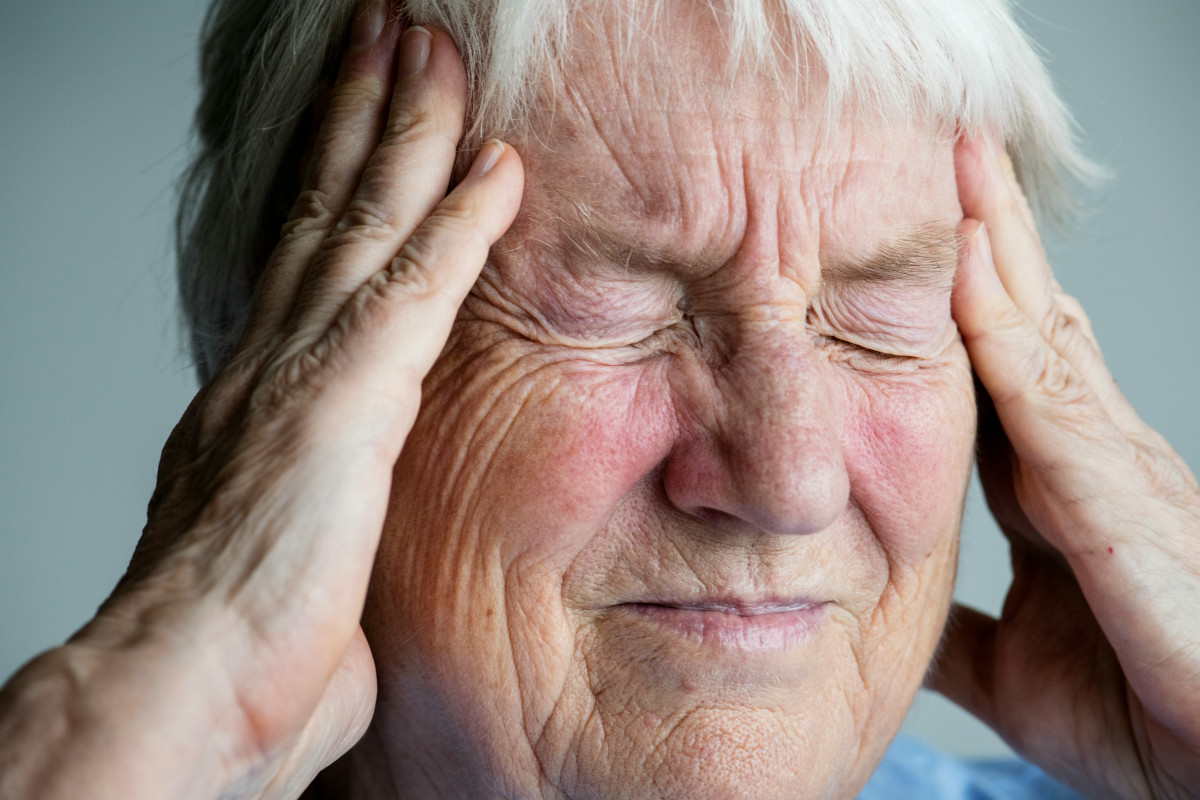Migraines and Strokes – Is There a Link?
Strokes are the second most common cause of death worldwide. They are typically caused either by a disruption in blood flow to the brain (an ischemic stroke) or by bleeding in the brain (a hemorrhagic stroke). The signs and symptoms can vary widely depending on the part of the brain affected. One thing is clear, however: a stroke is always a medical emergency that requires prompt treatment in a hospital.
-
References
George MG, Tong X, Bowman BA. Prevalence of Cardiovascular Risk Factors and Strokes in Younger Adults. JAMA Neurol. 2017 Jun 1;74(6):695-703. doi: 10.1001/jamaneurol.2017.0020. PMID: 28395017; PMCID: PMC5559660. Gryglas A, Smigiel R. Migraine and Stroke: What's the Link? What to Do? Curr Neurol Neurosci Rep. 2017 Mar;17(3):22. doi: 10.1007/s11910-017-0729-y. PMID: 28283957; PMCID: PMC5346116. Hassan M, Belavadi R, Gudigopuram SVR, Raguthu CC, Gajjela H, Kela I, Kakarala CL, Modi S, Sange I. Migraine and Stroke: In Search of Shared Pathways, Mechanisms, and Risk Factors. Cureus. 2021 Dec 6;13(12):e20202. doi: 10.7759/cureus.20202. PMID: 34900505; PMCID: PMC8647778. Jacob MA, Ekker MS, Allach Y, Cai M, Aarnio K, Arauz A, Arnold M, Bae HJ, Bandeo L, Barboza MA, Bolognese M, Bonardo P, Brouns R, Chuluun B, Chuluunbatar E, Cordonnier C, Dagvajantsan B, Debette S, Don A, Enzinger C, Ekizoglu E, Fandler-Höfler S, Fazekas F, Fromm A, Gattringer T, Hora TF, Jern C, Jood K, Kim YS, Kittner S, Kleinig T, Klijn CJM, Kõrv J, Kumar V, Lee KJ, Lee TH, Maaijwee NAM, Martinez-Majander N, Marto J, Mehndiratta MM, Mifsud V, Montanaro V, Pacio G, Patel VB, Phillips MC, Piechowski-Jozwiak B, Pikula A, Ruiz-Sandoval J, von Sarnowski B, Swartz RH, Tan KS, Tanne D, Tatlisumak T, Thijs V, Viana-Baptista M, Vibo R, Wu TY, Yesilot N, Waje-Andreassen U, Pezzini A, Putaala J, Tuladhar AM, de Leeuw FE. Global Differences in Risk Factors, Etiology, and Outcome of Ischemic Stroke in Young Adults-A Worldwide Meta-analysis: The GOAL Initiative. Neurology. 2022 Feb 8;98(6):e573-e588. doi: 10.1212/WNL.0000000000013195. Epub 2021 Dec 14. Erratum in: Neurology. 2022 Jul 11;99(2):86. doi: 10.1212/WNL.0000000000200743. PMID: 34906974; PMCID: PMC8829964. Leppert MH, Poisson SN, Scarbro S, Suresh K, Lisabeth LD, Putaala J, Schwamm LH, Daugherty SL, Bradley CJ, Burke JF, Ho PM. Association of Traditional and Nontraditional Risk Factors in the Development of Strokes Among Young Adults by Sex and Age Group: A Retrospective Case-Control Study. Circ Cardiovasc Qual Outcomes. 2024 Apr;17(4):e010307. doi: 10.1161/CIRCOUTCOMES.123.010307. Epub 2024 Mar 26. PMID: 38529631; PMCID: PMC11021148. Moskowitz MA, Kurth T. Blood vessels, migraine, and stroke. Stroke. 2007 Dec;38(12):3117-8. doi: 10.1161/STROKEAHA.107.495770. Epub 2007 Oct 25. PMID: 17962586. Nathan N, Ngo A, Khoromi S. Migraine and Stroke: A Scoping Review. J Clin Med. 2024 Sep 11;13(18):5380. doi: 10.3390/jcm13185380. PMID: 39336867; PMCID: PMC11432473. Pezzini A, Grassi M, Del Zotto E, Giossi A, Monastero R, Dalla Volta G, Archetti S, Zavarise P, Camarda C, Gasparotti R, Magoni M, Camarda R, Padovani A. Migraine mediates the influence of C677T MTHFR genotypes on ischemic stroke risk with a stroke-subtype effect. Stroke. 2007 Dec;38(12):3145-51. doi: 10.1161/STROKEAHA.107.491506. Epub 2007 Oct 25. PMID: 17962595. Ravi V, Osouli Meinagh S, Bavarsad Shahripour R. Reviewing migraine-associated pathophysiology and its impact on elevated stroke risk. Front Neurol. 2024 Aug 1;15:1435208. doi: 10.3389/fneur.2024.1435208. PMID: 39148704; PMCID: PMC11324503. Weinberger J. Stroke and migraine. Curr Cardiol Rep. 2007 Mar;9(1):13-9. doi: 10.1007/s11886-007-0004-y. PMID: 17362679. https://www.aerzteblatt.de/news/migraene-wichtigster-risikofaktor-fuer-schlaganfaelle-im-juengeren-alter-763bac70-b187-47c2-8224-773f78640015.





















